10 Best Herbal Tinctures For Bee Sting
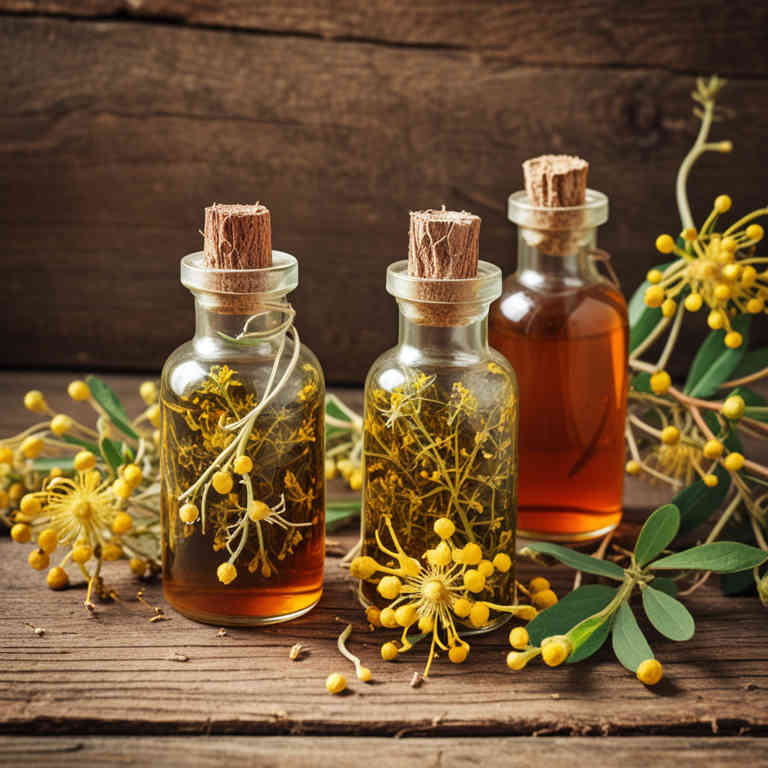
Herbal tinctures for bee stings are traditionally used to alleviate pain, reduce inflammation, and promote healing after a bee sting.
These tinctures often contain a combination of potent herbs such as echinacea, calendula, and St. John’s wort, which are known for their anti-inflammatory and antiseptic properties. When applied topically, these tinctures can help soothe the skin and prevent infection from the venom. They are typically prepared by soaking herbs in alcohol or vinegar, allowing the active compounds to extract into the liquid.
While herbal tinctures can be a natural alternative to conventional treatments, it is important to consult a healthcare professional, especially for severe reactions or if the sting leads to an allergic response.
FREE COURSE
How to make medicinal herbal tinctures for common ailments at home and in a weekend (using the Healing Drops System).

Table of Contents
1. Achillea millefolium
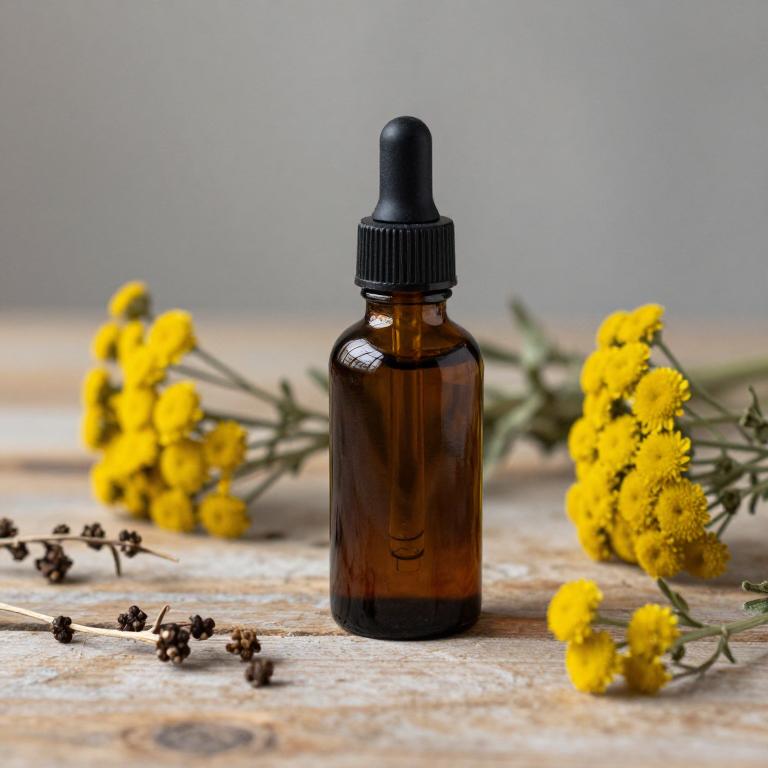
Achillea millefolium, commonly known as yarrow, has been traditionally used in herbal medicine for its anti-inflammatory and astringent properties, making it a potential remedy for bee stings.
When prepared as a tincture, Achillea millefolium can help reduce swelling, redness, and pain associated with bee stings due to its high content of compounds like azulene and sesquiterpene lactones. The tincture is typically made by soaking the dried herb in alcohol for several weeks, allowing the active compounds to be extracted for use. Applying the tincture topically to the affected area can provide localized relief and may help prevent infection.
However, it is important to dilute the tincture properly and consult with a healthcare professional before use, especially for those with allergies or sensitive skin.
2. Hypericum perforatum
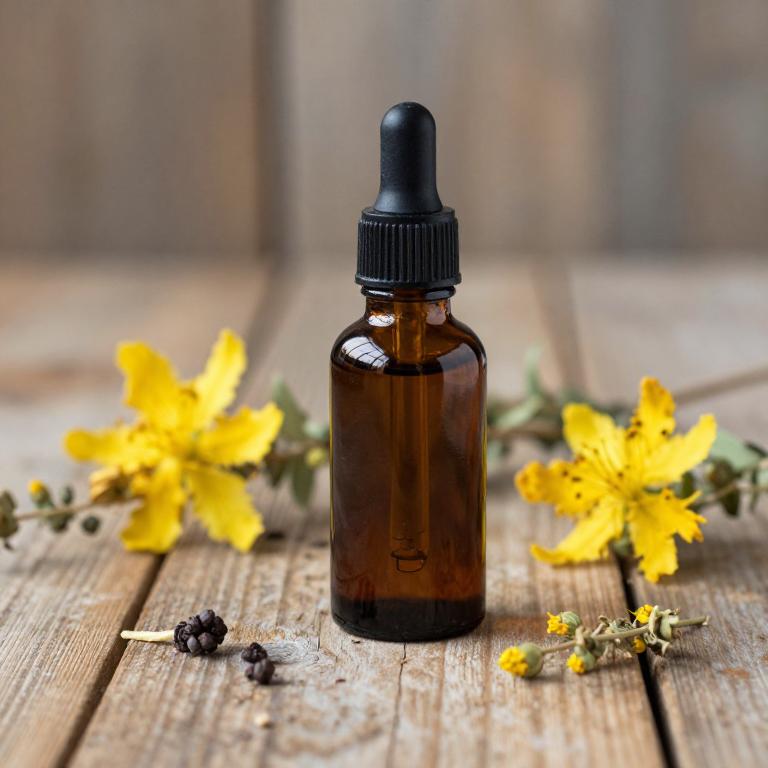
Hypericum perforatum, commonly known as St. John's Wort, is a herbal plant that has been traditionally used for its anti-inflammatory and analgesic properties.
Hypericum perforatum herbal tinctures are often prepared by soaking the dried plant material in alcohol to extract its active compounds, such as hypericin and hyperforin. These tinctures may help reduce pain and inflammation associated with bee stings due to their natural antiseptic and soothing effects. However, it is important to consult with a healthcare professional before using St. John's Wort, as it can interact with certain medications.
While some people find relief from bee sting symptoms using this herbal remedy, it should not replace medical treatment for severe reactions.
3. Urtica dioica

Urtica dioica, commonly known as stinging nettle, has been traditionally used in herbal medicine for its anti-inflammatory and pain-relieving properties.
When prepared as a tincture, it can be applied topically to reduce swelling and irritation caused by bee stings. The active compounds in stinging nettle, such as histamine and formic acid, are neutralized during the tincture process, making it safe for external use. This herbal remedy is often recommended for its ability to soothe the skin and promote healing after insect bites.
However, it is important to consult a healthcare professional before using any herbal tincture, especially if you have sensitive skin or known allergies.
4. Chamomilla recutita
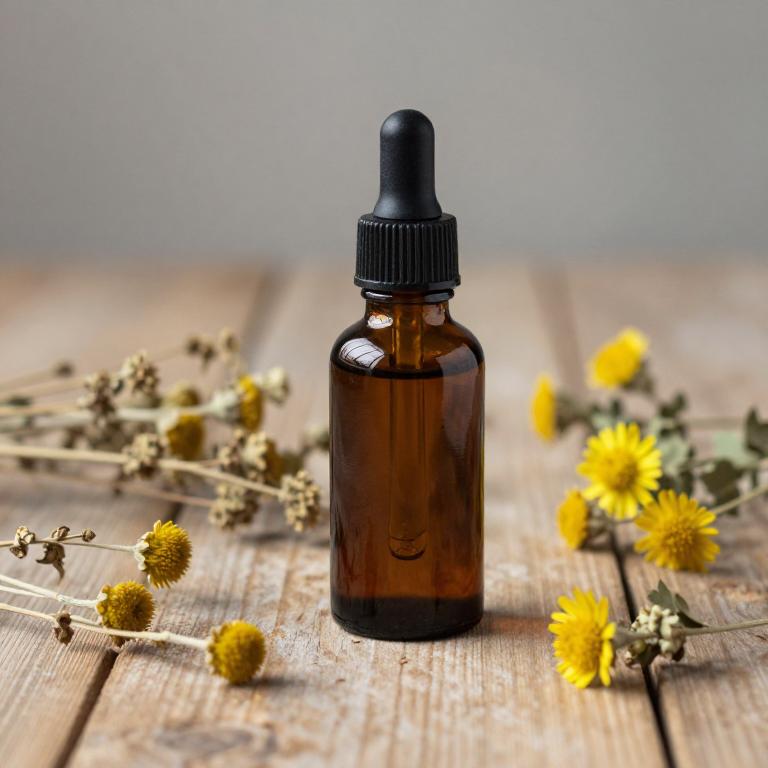
Chamomilla recutita, commonly known as German chamomile, is often used in herbal tinctures to alleviate the symptoms of bee stings due to its anti-inflammatory and antihistamine properties.
The tincture is typically prepared by soaking the dried flowers in alcohol, allowing the active compounds such as bisabolol and chamazulene to be extracted. These compounds help reduce swelling, redness, and itching associated with bee sting reactions. When applied topically, the tincture can provide rapid relief and soothe the affected area.
However, it is important to perform a patch test first, as some individuals may experience an allergic reaction to chamomile.
5. Echinacea purpurea
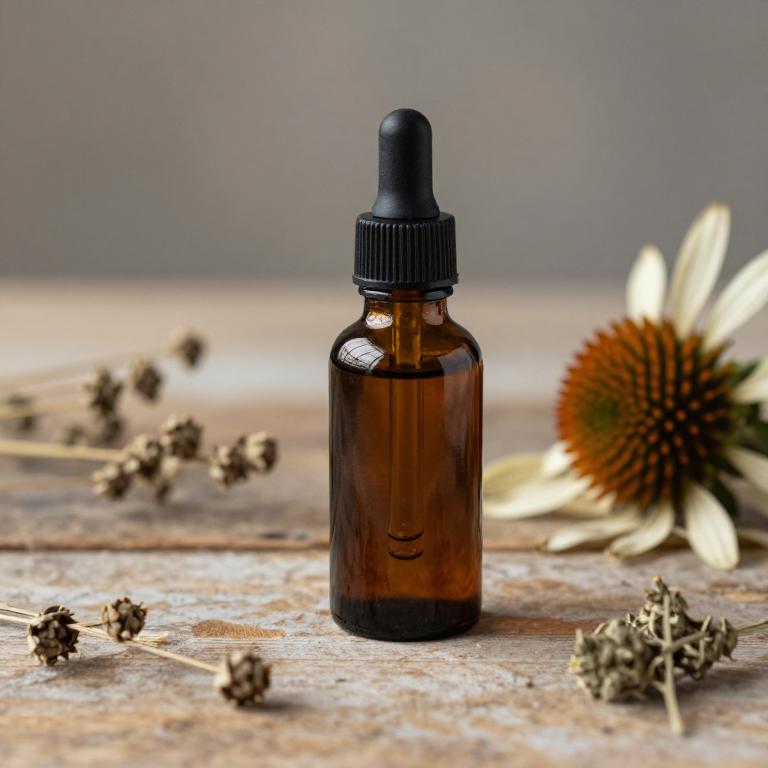
Echinacea purpurea herbal tinctures are commonly used for their potential anti-inflammatory and immune-boosting properties, which may help alleviate the symptoms of bee stings.
These tinctures contain compounds like alkamides, caffeic acid derivatives, and flavonoids that are believed to reduce swelling, redness, and pain associated with bee stings. While some studies suggest that echinacea may support the body's natural healing processes, its effectiveness specifically for bee stings is still being researched. It is typically applied topically or taken orally, though results can vary among individuals.
As with any herbal remedy, it is advisable to consult a healthcare professional before using echinacea, especially if you have allergies or are on other medications.
6. Arnica montana
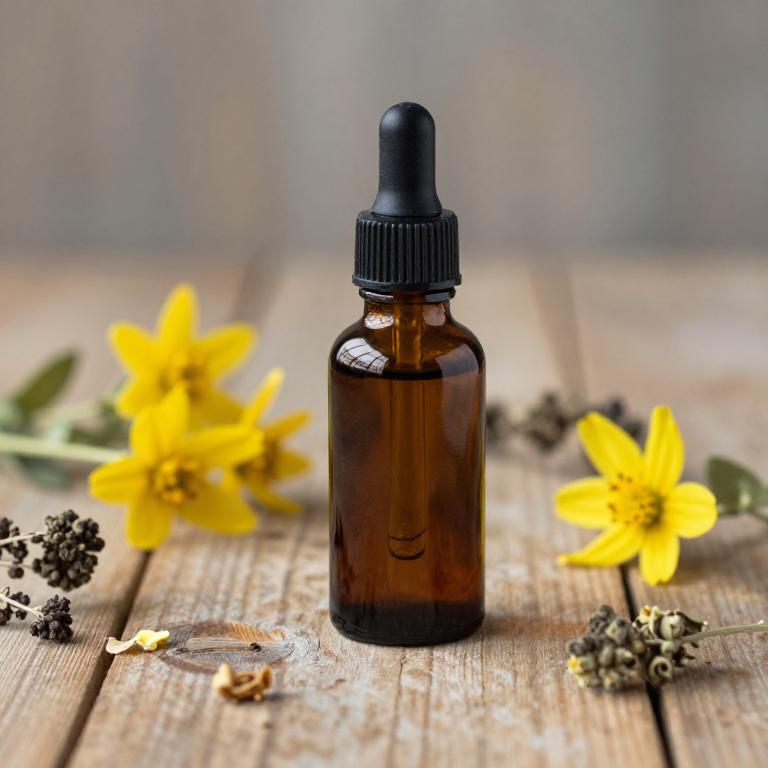
Arnica montana herbal tinctures are commonly used to alleviate the pain and inflammation associated with bee stings due to their anti-inflammatory and analgesic properties.
These tinctures are typically prepared by soaking the dried roots of the plant in alcohol, allowing the active compounds to be extracted for use. When applied topically to the affected area, arnica montana can help reduce swelling, redness, and discomfort caused by the sting. However, it is important to note that arnica should not be ingested and may cause irritation if used on broken skin.
As with any herbal remedy, it is advisable to consult a healthcare professional before use, especially for individuals with sensitive skin or allergies.
7. Lavandula angustifolia
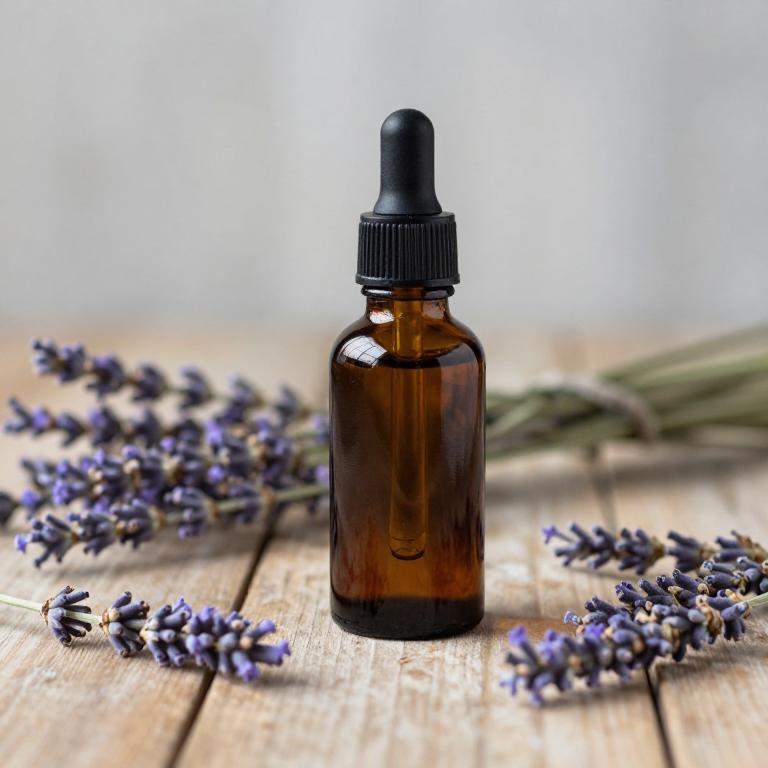
Lavandula angustifolia, commonly known as English lavender, is often used in herbal tinctures for its soothing and anti-inflammatory properties.
These tinctures are valued for their ability to alleviate the pain and swelling associated with bee stings by reducing inflammation and calming the skin. The essential oils found in lavender tinctures, such as linalool and linalyl acetate, have natural antiseptic and analgesic effects that can help prevent infection and ease discomfort. When applied topically, lavender tinctures can provide a cooling sensation, offering immediate relief to irritated skin.
Due to its gentle nature, lavender tincture is considered a safe and effective remedy for minor bee stings, especially for those seeking natural alternatives to conventional treatments.
8. Calendula officinalis

Calendula officinalis herbal tinctures are commonly used for their anti-inflammatory and soothing properties, making them a popular natural remedy for alleviating the discomfort of bee stings.
The tincture is typically made by soaking dried calendula flowers in alcohol, which extracts the active compounds such as flavonoids and triterpenes. When applied topically to the affected area, calendula tinctures can help reduce redness, swelling, and itching caused by the venom. However, it is important to dilute the tincture with a carrier oil or water before applying it to the skin to avoid irritation.
While calendula is generally considered safe for most people, individuals with allergies to plants in the Asteraceae family should exercise caution.
9. Vitex agnus-castus

Vitex agnus-castus, commonly known as chasteberry, has been traditionally used in herbal medicine for its potential anti-inflammatory and calming properties.
While it is not a direct treatment for bee stings, some herbalists suggest that its tinctures may help alleviate symptoms such as swelling and irritation by reducing inflammation. Vitex agnus-castus tinctures are typically made by soaking the dried berries in alcohol, creating a concentrated herbal extract. It is important to note that these tinctures should not replace conventional first aid for bee stings, such as cleaning the area and applying a cold compress.
Always consult with a healthcare professional before using any herbal remedy, especially if you have allergies or are taking other medications.
10. Symphytum officinale
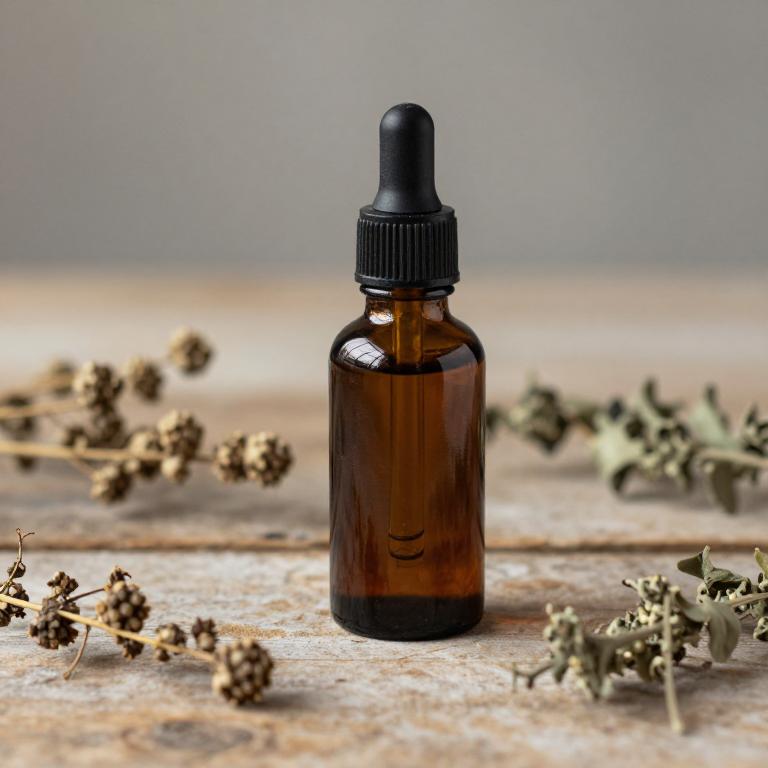
Symphytum officinale, commonly known as comfrey, is a herb that has been traditionally used in herbal medicine for its healing properties.
While comfrey is often used topically for wounds and inflammation, it is not recommended for internal use due to the presence of pyrrolizidine alkaloids, which can be toxic to the liver. However, some herbal tinctures made from Symphytum officinale may be used externally to reduce swelling and pain associated with bee stings. These tinctures typically contain a high concentration of allantoin and mucilage, which can help soothe irritated skin and promote tissue repair.
It is important to consult with a qualified herbalist or healthcare provider before using comfrey tinctures, especially for prolonged periods or on sensitive skin.